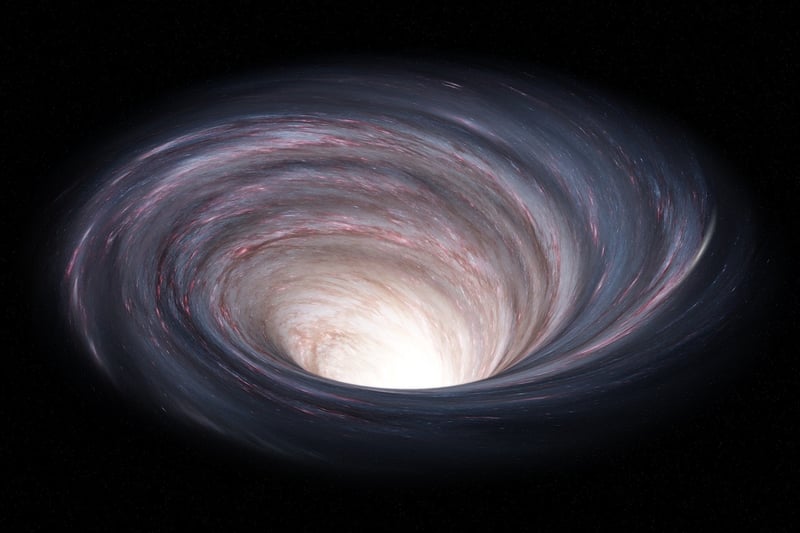Parallel Universes
The Science Behind Time Travel and Parallel Universes
Time travel and parallel universes have long been a fascinating subject in science fiction, but what does science actually say about these concepts? Let's delve into the theoretical frameworks that explore the possibility of traveling through time and the existence of parallel universes.
Time Travel
According to Einstein's theory of relativity, time is a dimension intertwined with space, forming a four-dimensional continuum known as spacetime. This theory opens up the idea that it might be possible to manipulate time, allowing for the concept of time travel.
One of the most discussed methods of time travel is through wormholes, hypothetical tunnels that connect two separate points in spacetime. By traversing a wormhole, one could potentially leap through time as well as space.

Parallel Universes
The concept of parallel universes, also known as the multiverse theory, suggests that there could be an infinite number of universes existing alongside our own. Each universe may have its own set of physical laws and constants, leading to vast differences in structure and existence.
Some theories propose that interactions between these parallel universes could explain phenomena such as quantum entanglement and the apparent fine-tuning of our universe for life. While evidence for parallel universes remains speculative, it continues to be an intriguing area of study in theoretical physics.

Conclusion
While time travel and parallel universes are currently confined to the realm of theoretical physics and science fiction, ongoing research and exploration may one day bring these concepts closer to reality. The mysteries of time and the cosmos continue to captivate our imaginations and drive scientific inquiry into the unknown.
Remember, the boundary between science and science fiction is often blurred, and what seems impossible today may become a reality tomorrow.
